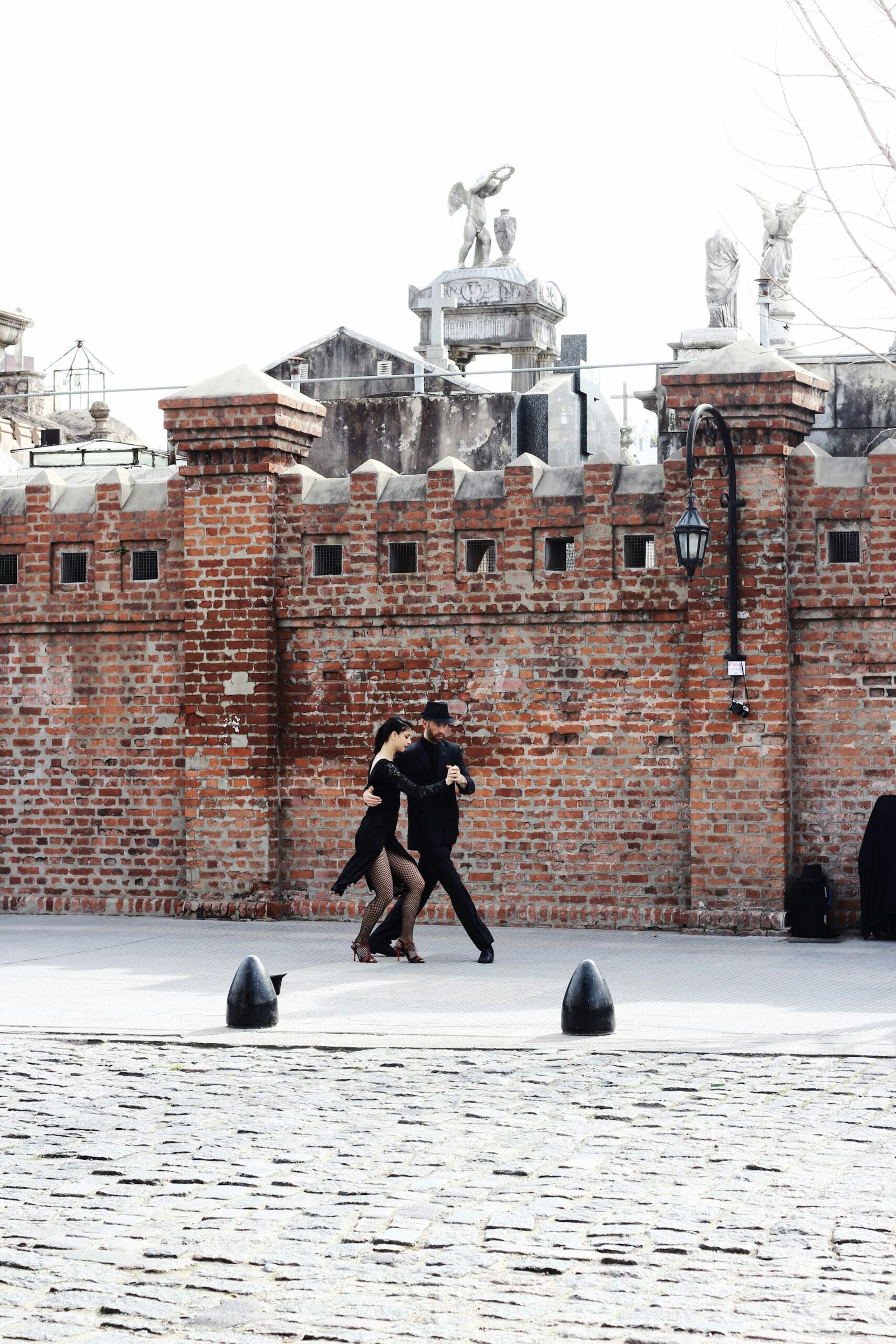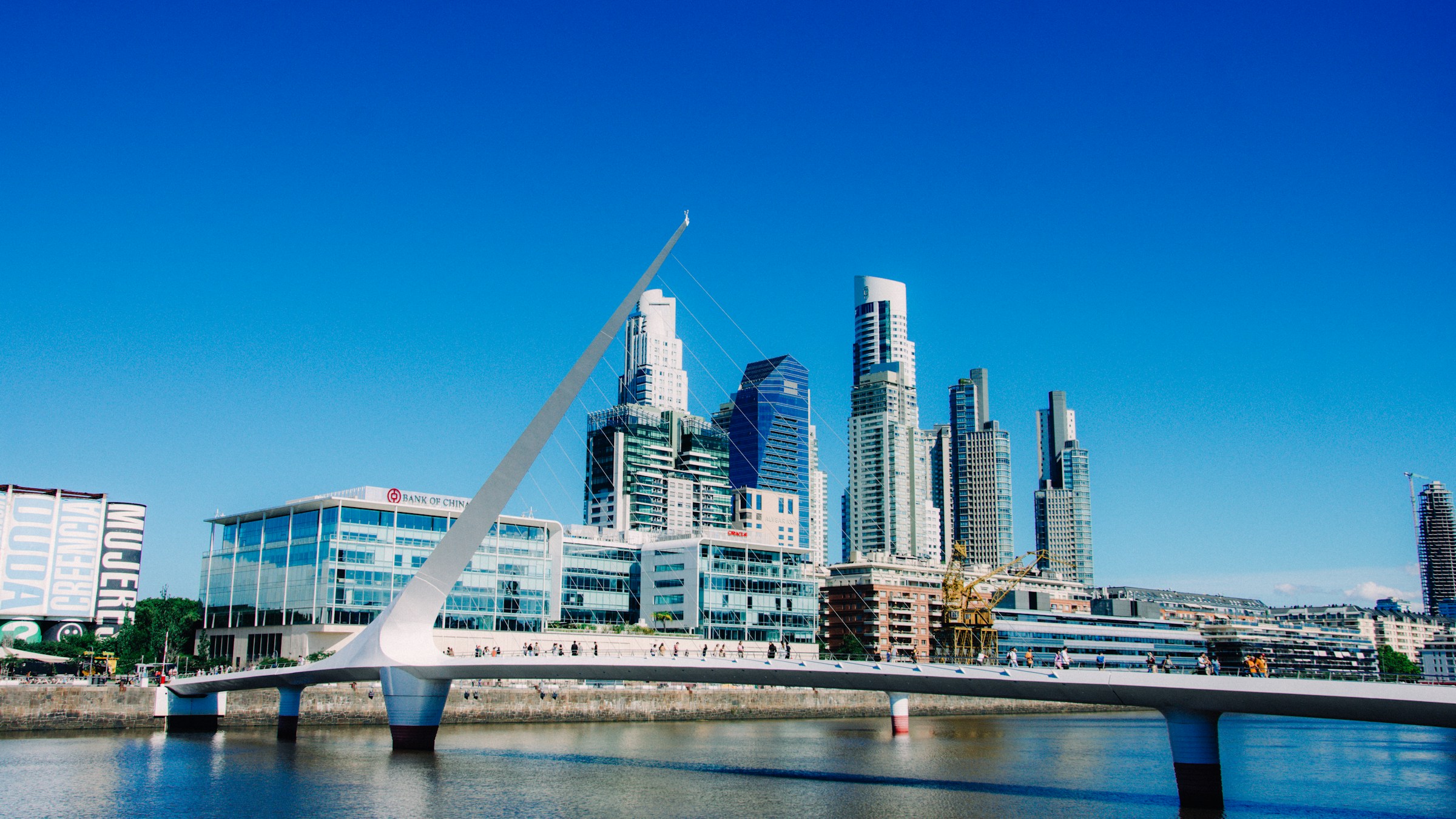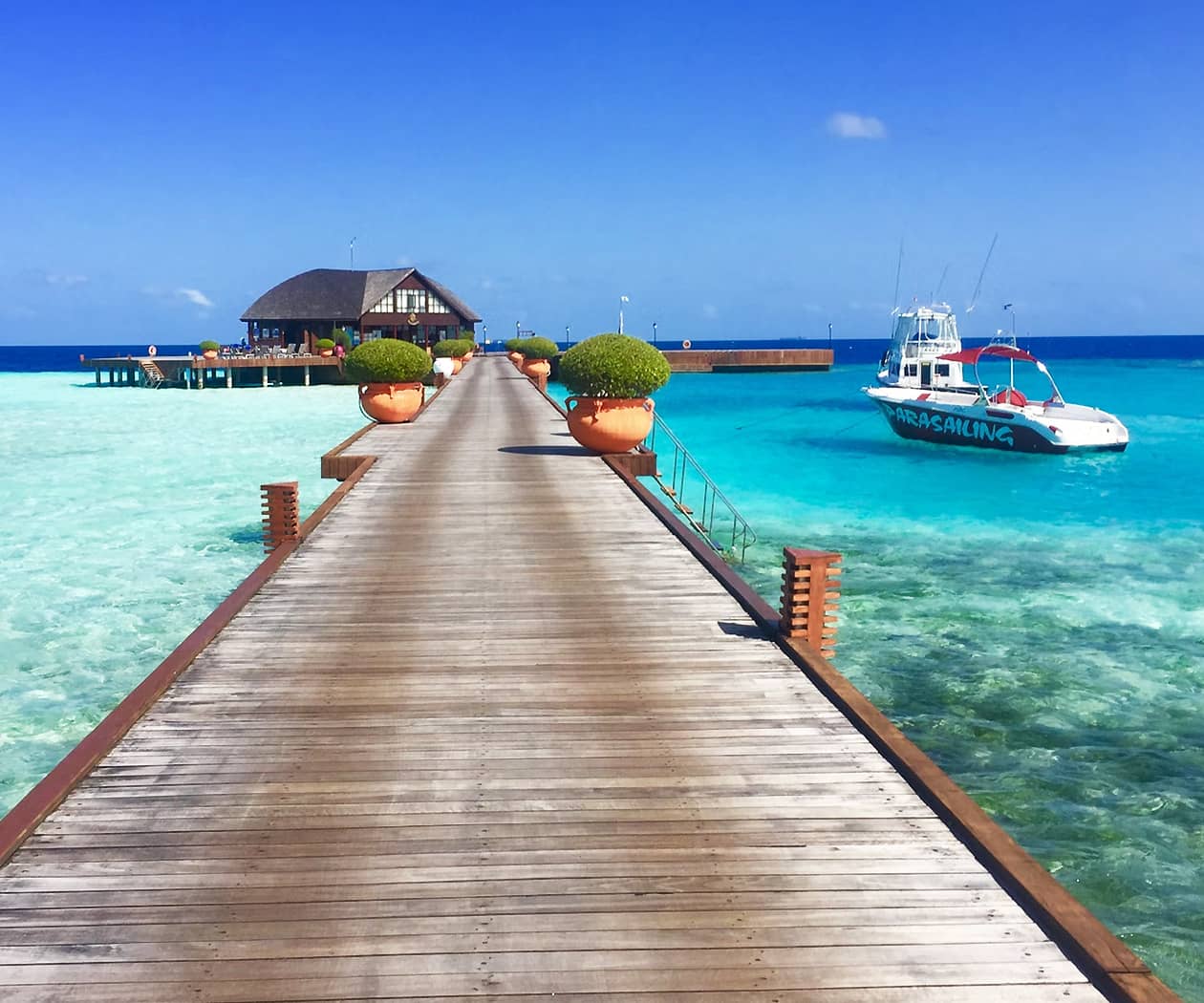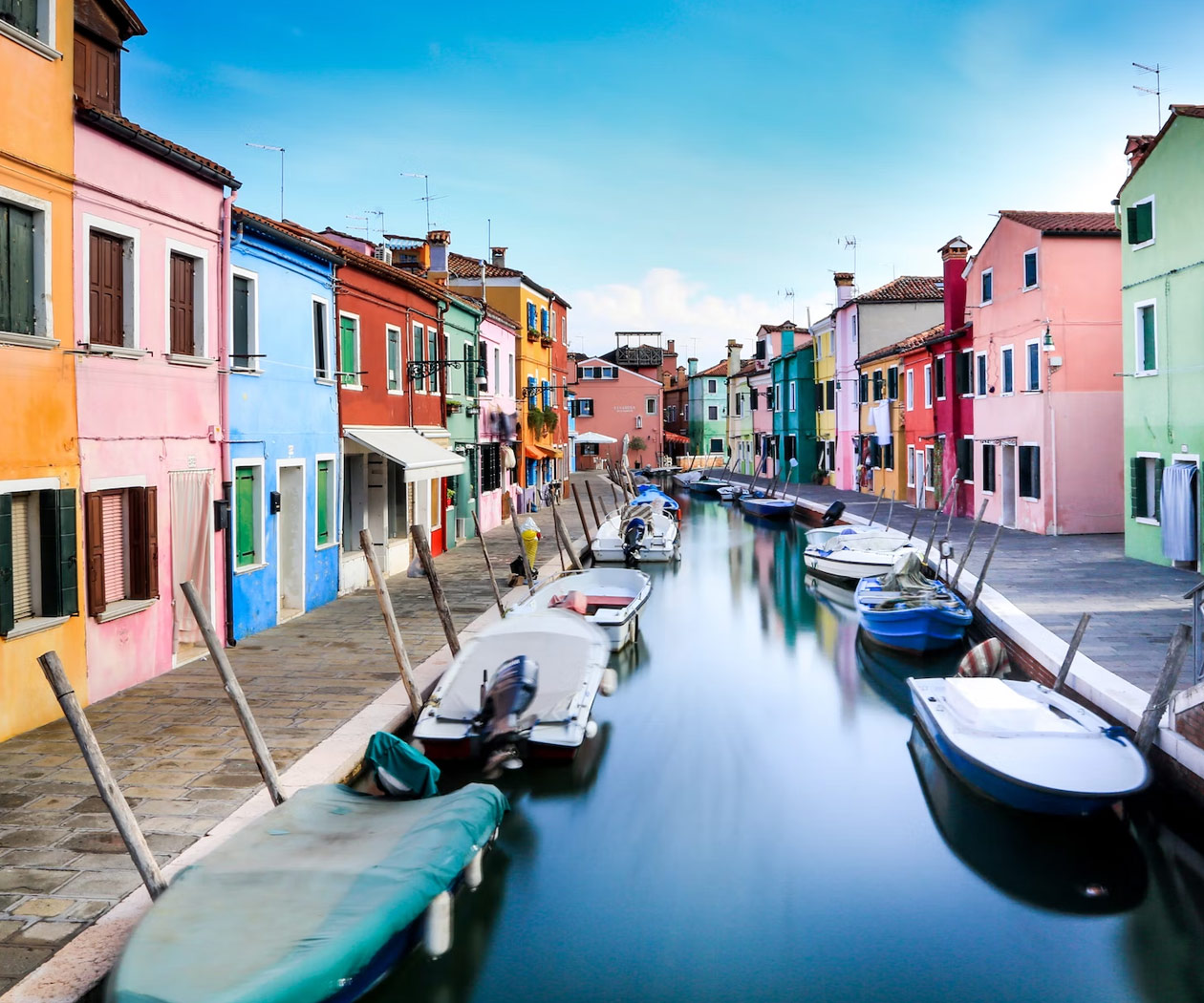Buenos Aires – The Paris of the South
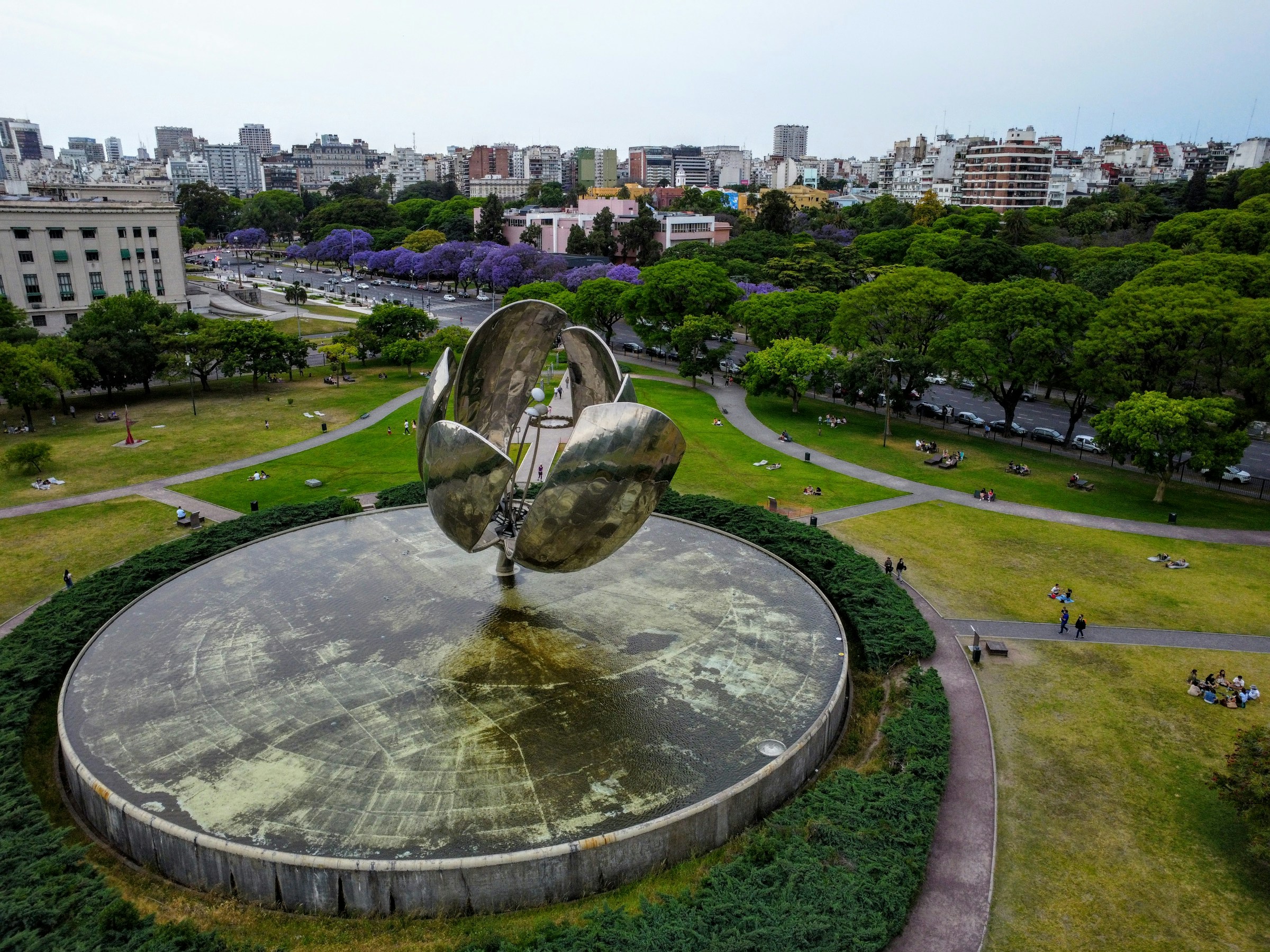
“Latins are tenderly enthusiastic. In Brazil they throw flowers at you. In Argentina they throw themselves,” the diva Marlene Dietrich once observed.
South America is still the most underrated continent for the adventurous traveller on the lookout for the irregular and avoiding the clichéd paths and routes so often followed by non-inquisitive tourists. And Argentina, the second largest country on this vast continent and the world’s eighth largest, is the undiscovered country, often overshadowed by its northern neighbour Brazil. Some call it the diamond of the Southern Hemisphere. A world in one land. Remote in parts, but accessible most of the time because of an excellent infrastructure of good roads, airports and other trains. And then there is the country’s history, a rich mixture of ancient, pre-colonial, postcolonial and modern cultures. What the cellist Yo-Yo Ma said about one of the country’s unique cultural heritages, can just as well apply to other characteristics of the country: “The tango is really a combination of many cultures, though it eventually became the national music of Argentina.”
Argentina is synonomous with the tango and music accompanying it, with Carlos Gardel, probably its first populariser in song, with towering mountains (the Andes in all its facets), vast plains (the Pampas), the sea strait that links the Atlantic and Pacific (the Magellan), dulce leche (the sweet delicacy of caramellised condensed milk), beef steak that is generally regarded as the best in the world (and served cheaply everywhere in the largest portions an average stomach can absorb), excellent wines, of which the uniquely red malbec and the white torrontés of the country tantalize the pallate and surpass the same cultivars in any other wine-growing country. And Argentina is synonomous with the legendary Eva Peron, better known as Evita, Jefe Espiritual de la Nacion, Spiritual Leader of the Nation, as the National Congress named her after her early death from cancer at the age of 33 in 1952.
Backpackers and their travelling habits are often the first indication of undiscovered gems the comfortable traveller would only later explore. The backpacker culture that has gripped Europe since the Hippie movement of the sixties, has gradually discovered South America and when you visit Argentina in summer, young – and not so youthful – people are everywhere, ably provided for by the hospitality industry setting up cheap, tidy and accessible hostels, lodges and other forms of accommodation.
Argentina is a vast country, an area of 2 766 889 sq km (1 068 302 sq mi), more than twice the size of South Africa. Along its western rim, towers the Andes and close to Mendoza, the main wine-producing region, the highest peak in the Southern Hemisphere, Aconcagua, rises 6 960 meters (22 834 feet) above the Pampas plains.
Buenos Aires, the Paris of the South
The hub of Argentina is the capital Buenos Aires, often dubbed, not wrongly, the Paris of the Southern Hemisphere. More than three million people live in the tree-lined city and 15 million in Gran Buenos Aires. For the walker, Buenos Aires holds a host of suprises: from the bustling Florida and Lavalle Streets where shopoholics will have a field day or more, to the huge parks and botanical gardens, in one of which the fascinating Floralis Genérica is located. Then the cathedrals, city squares, and the main boulevard, Avenida 9 de Julio, broad and lined with trees and with its characteristic obelisk in the center. And the Teatro Colón, the imposing opera house where famous singers such as Maria Callas and Luciano Pavarotti have once also sung.
The Floralis Genérica
The flower was designed and funded by Argentine architect Eduardo Catalano. It is a gigantic stainless steel and alluminium six-petal flower and was created in 2002, rising from a huge circular 40 meter pool of water in the Plaza Naciones Unidas (United Nations Plaza). It has four long pollen-tubes in the center around which the petals open and close every day and night according to the seasons, excepton 25 May, 21 September, 24 and 31 December when it stays magnificently open, lighted all night long. The flower weighs 18 tons; the petals are 13 meters high when closed and 7 meters wide at its broadest sections.
Catalano (1917-2010) was an Argentine architect who also taught at MIT and various other universities. He also designed the US embassies in Buenos Aires and in Pretorius Street, Pretoria, South Africa, the Juilliard School of Music at the Lincoln Center in New York, the Eduardo Catalano House in Raleigh, North Carolina, also called the Potato Chip House because of its hyperbolic parabolic-shaped roof, as well as the Guilford County Courthouse in Greensboro, North Carolina, and the Stratton Student Center at MIT in Cambridge, Massachusetts.
Recoleta
Within 15 minutes walking distance from the Floralis Genérica is one of the most popular – and peaceful – districts of Buenos Aires, Recoleta. On your way to Recoleta from the Floralis Genérica a visit to the Museum Nacional de Bellas Artes (the National Fine Arts Museum) is worth a visit. The huge trees and elegant architecture of Recoleta and its mausoleum cemetery where Eva Peron was eventually buried in the late eighties, hides the tale of a restless journey after her death, as told by the Buenos Aires City Guide (http://www.buenosairescityguide.com/Museums-Culture/Recoleta-Cemetery/).
“The story behind Evita’s burial at Recoleta Cemetery is full of deception and controversy. Evita died in 1952 while Juan Peron was still in power and plans were made to bury Evita under an enormous statue representing the ‘Descamisados’ or shirtless ones. Unfortunately, before the monument could be constructed a coup d’état forced Juan Peron to flee the county and Evita’s remains were left without protection,” reports the City Guide.
“After Peron’s exile the anti-peronist military forbid Peron’s name and wanted to make it as if Juan and Evita never existed. They took Evita’s corpse from display and hid it in Milan, Italy under the name Maria Maggi from 1955 until 1971. In 1971 when Evita’s remains were released, Juan Peron was in exile; so, Evita’s remains were sent to Madrid, Spain to be near him.
“In 1973, another change in government brought Juan Peron out of exile and he assumed the presidency for the third time. One would have thought his first move would to bring back Evita’s corpse and continue her monument, but it wasn’t until after his death that Juan’s third wife, Isabel, had Evita returned to Argentina. Isabel had become the first female Argentinean president after Juan Peron’s death in 1974, and to gain popularity among the working class, she had Evita buried next to Juan in the presidential palace .
“Evita and Juan Peron only rested next to each other for two years before another military coup took over and they wanted the remains out of the presidential palace. Juan’s remains were placed in a family crypt at the Chacarita cemetery. He still wasn’t able to rest in peace; in 1987 the crypt was broken into and his hands were cut off. This shows how controversial the peronist movement was in Argentina history.
“Evita’s remains were moved to her father’s family crypt in the upscale Recoleta cemetery. There was much controversy because the upper class didn’t care for Evita and her bastard childhood made the burial right questionable. Fortunately for Evita, her remains were secured 27 feet underground covered by layers of cement and steel to stop any would-be vandals.
“Today Evita’s tomb is the most visited one in Recoleta Cemetery. Her grave is located just east of the cemetery center, and is easily recognized by the hordes of tourist and bouquets of flowers surrounding her tomb.
“It is a little ironic that Evita was suppose to be buried under a monument which would represent the ‘Descamisados’, the poor working class, but she ended up in a cemetery which represents the wealthiest of Buenos Aires. Recoleta Cemetery is the most expensive real estate in the city.”
When one walks slowly through the narrow avenues among the tombs and mausoleums, some still shining in marble and splendour, the somber wooden coffins even quite visible to passersby, the fairness and equality death brings springs to mind. Here in Recoleta lie many famous Argenitinians, presidents, poets, scientists, but also the first two to be buried here, not belonging to the rich and famous class. On 17 November 1822, the Argentine governor of Buenos Aires, Martin Rodriquez, declared that churches may no longer be used as burial grounds and the orchard and vegetable garden of the friars of the Orden de los Recoletos Descalzos was turned into a cemetery. “The first two graves belonged to Juan Benito, a freed black boy, and Maria Dolores Maciel, a young Uruguayan girl. The graveyard has changed so much since this time that no one knows where these two graves are now located,” the City Guide reports.
No cemetery goes without rumours about the ghosts of the dead roaming there, and Recoleta has two well-known, Rufina Cambaceres, a 19-year old girl buried alive, and the night guard David Alleno, who is said to have killed himself in a tomb he built for himself. According to the City Guide, Rufina Cambaceres is said to have suffered a cataleptic attack and was buried in 1902. She woke up and began screaming and clawing at her coffin. Security guards heard the screams, but by time they were able to open the coffin she had died of a heart attack. It is said there were scratches on her coffin and face. Her mother was filled with guilt. She built a new coffin made of marble from Carrara in Italy. It is carved with a rose on top and a girl turned to the side as if watching Rufina. The marble sits behind a glass pane, so if she wakes up she can be rescued. Rufina’s grave is near Evita’s, about three blocks south, number 95 on the map.
Alleno, an Italian immigrant, “dreamed of being buried in the prestigious cemetery he guarded at night. He saved enough money to buy a space and built his own tomb. He even travelled back to his home country to find an artist who could carve his own figure in marble. Legend says after the tomb was finished David took his own life inside his grave, but many reputable sources say he died years after the tomb was constructed. Today there are rumours that he haunts the cemetery at night, and you can here his keys clinging as he walks the narrow streets. David Alleno’s grave is located in the far east part of the cemetery, number 81 on the map you can purchase at the entrance with its elegant pillars.
Presidents, First Ladies, poets, scientists, professors, all reminding you of Thomas Gray’s words in “An elegy written in a country churchyard”:
The boast of heraldry, the pomp of power,
And all that beauty, all that wealth e’er gave,
Awaits alike th’ inevitable hour:
The paths of glory lead but to the grave.
La Boca, the tango and football rivalry
The European influence on the culture of Buenos Aires specifically and the country as a whole is nowhere more visible than in the La Boca district where it is said the tango had had its birth. The Boca-district consists of a tourist-based section close to the harbour, safe and very lively, and the surrounding suburb which tourists should mainly avoid. We wanted to take the bus no. 9 to La Boca, but was warned that it does not drop passengers near enough the friendly Boca district where the street cafes, shops and beautiful and colourful buildings are for which La Boca is famous. Taxis, not expensive, are the best way to get there and back. On the way you pass the big football stadium (La Bombonera) of Boca Juniors, one of the leading Argentinian teams for which famous players like Diego Maradona once played.
The Italian immigrants who came here combined their music and dancing skills with the local flavour and from it developed the dance that made Argentina famous, the tango. Today tango dancers or Carlos Cardel “successors” or imitators entertain visitors at virtually every street café. And linked inextricably with the tango is the accordion, also called the bandoneón. It was named after a German instrument maker and dealer, Heinrich Band (1821-1860). Thebandoneón forms theheart of the orquesta típica accompanying the tango dancers. Thebandoneón was first played in religious music and Band developed it from the earlierKonzertina, today well-known in South African Boere music orchestras. When large scale immigration from Europe began in the 19thcentury, the bandoneóncame along, brought to Buenos Aires by sailors and workers presenting their services on the fruit and vegetable farms on the pampas. It soon took a central place in tango music and in La Boca and other districts around Buenos Aires, as well as other parts of the country, to play the instrument is comparable to the guitar in Spain and the violin in Germany and Austria.
Boca is unique with its old and brightly painted buildings. Here is enough place to have a Quilmes beer, the most common and popular beer in Argentina, or a meal to the sight and sounds of a tango pair and orquesta típica.
One of the big football rivalries in the world is the Superclásico between Boca Juniors, the team of the working class founded in 1905, and Atlético River Plate, established in 1901 and based in the affluent suburb of Núñez in Buenos Aires (with the nickname Los Millionarios), where its stadium, El Monumental, is close to the Jorge Newbery Airport, not far from Recoleta. Boca Juniors’ fans are known as Xeneizes (Genoese) because of the club’s Italian roots.
This derby has a long tradition. Most football writers believe the rivalry between these two teams is probably the greatest and fiercest in the world. The first official match between the teams was in 1913, with River Plate winning 2-1, but unofficially they first met in 1908 with Boca then the winner by the same score. Buenos Aires probably has the largest concentration of football clubs in the world and the two clubs are only 7km away from each other, writes Thomas, a football writer for the Bleacher Report. “It’s estimated that 73 percent of the Argentine population are either a River Plate of Boca Junior fan. While the two clubs share the same city, they could not be more opposite.”
When River Plate was relegated from the Argentinian Premier Division on June 26, 2011, it would be the first season that there will not be a Superclásico match between the two rivals since 1913. It was the lowest point in the club’s history since the tragedy of 23 June 1968 when 71 fans were crushed to death and more than 150 injured at El Monumental shortly after a match between the two teams. Up to the last match between Boca Juniors and River Plate in May 2011, they have met 192 times in the Premier Division, of which Boca won 70, River Plate 63, with 59 draws. In the amateur era River Plate has more wins (6) than Boca (3). In total they have met 336 times, Boca winning 124 times, River Plate 107, with 105 draws.
No wonder football and general sports lovers worldwide say this is one local derby that you must see before you die, even better than the New York Yankees and the Mets in baseball, and Liverpool and Everton in the Mercy-derby.
Puerto Madero – the New Harbour Venture
Various harbour cities have over the past three decades reinvented their old harbour districts and Buenos Aires followed in the footsteps of San Francisco and Cape Town in this regard when the rebirth of what is now known as Puerto Madero was launched in the 1990s. The old warehouses on the west side of the harbour were regenerated.
Architects such as Santiago Calatrava, César Pelli, Phillippe Starck and Norman Foster were involved in the redesign of the now totally new district.
Only women have been named when the streets of Puerto Madero were built and Calatrava’s elegant design is nowhere better visible than in the Puente de la Mujer (Women’s Bridge), linking the east side of the district with the western dockside. Puerto Madero has everything: restaurants, shops, offices, art museums, peaceful benches along the waterfront. It has revived the inner city close-by and has become just as necessary an attraction to visit than the characteristic obelisk on the wide and spacious Avenida 9 Julio.
Buenos Aires is the ideal city to follow on foot with its huge trees, broad sidewalks and huge parks and squares. Walking along Florida Street from the Plaza San Martin, one eventually gets to the main square of the city, the Plaza de Mayo. Here the presidential palace (the Casa de Gobierno, also known as the Casa Rosada – Pink House, as reflected in the song from the musical Evita by Andrew Lloyd Webber and Tim Rice) is the main attraction. From the balcony of the palace Eva Peron addressed the nation, mythically portrayed in singing “Don’t cry for me, Argentina”, the most popular song from the musical.
On Sundays, Buenos Aires comes alive in the old arts district, San Telmo. Walking from the Plaza de Mayo along Defensa Street, the popular street market from Belgrano Avenue to the small Plaza Dorrego hosts a lively characterisation of the city’s cultures and wares, music, tango orchestras and dancers entertaining shoppers and meanderers.
A worthwhile experience is to take one of the bicycle tours available. The tour guide meets us at the Plaza de San Martin at the northeastern end of Florida Street; we ride down past the imposing English Tower (Torre de los Ingleses) to the main railway station, the Estación Retiro. Cyclists load their bicycles on the train and we travel to San Isidro station, ten minutes away where we leave the train and start riding past the imposing cathedral towards the Tigre River. For the next two hours we pedal through attractive suburbs along the river, past the University of Argentina’s campus on the banks of the river, the Navy Academy to Tigre. At Tigre’s waterfront market we buy two well-woven hammocks at a reasonable price.
Day trips from Buenos Aires
A ferry boat across the Rio del Plate
Various day-trips are available from Buenos Aires of which a day at a Pampas ranch and a ferry-ride across the large Rio del Plate to Uruguay’s wonderful 17th century little town Colonia del Sacramento, established by Portuguese settlers, are exceptional. Walking-distance from our hotel, the Vista Sol in Tucuman Street two street blocks down from Florida, are the ferry boats in Buquebusharbour. The catamaran voyage across the river takes 45 minutes.
It’s worthwhile spending the whole day in Colonia, a charming town with cobblestones and amarvellous jetty and lighthouse from where the whole town can be seen. Andwith Uruguayanwares in many quaint shops. The town of approximately 22 000 citizens was founded by the Portuguese in 1680, but immediately conquered in the same year by the Spanish from across the river. It changed hands numerous times between the two colonial powers. Today it is a World Heritage Site of UNESCO.
The town has two main squares (plazas), the Plaza Mayor 25 de Mayo and the tree-lined Plaza de Armas, also known as Plaza Manuel Lobo, close by the Iglesia Matriz, Uruguay’s oldest church, built between 1695–99, with its imposing blue-and-white tiled domes. Next to the church we drink the popular tea of Argentina, Uruguay and South America, maté, in Portuguese known as chimarrão. It is brewed from leaves of the yerba maté plant (llexparaguariensis), presented in traditional calabash gourdes and drunk through a decorated silver straw. It is served with traditional dulce-centered cookies typical of Argentina and Uruguay.
Some of the other places to visit are the lighthouse and convent ruins of the 17th century Convent of San Francisco and the twin-tower Basilica del Sanctísimo Sacramento, the church of the Holy Sacrament, built of stone by the Portuguese in 1808.
Then there is the Portuguese Museum – constructed in the 18th century, with its exhibition of Portuguese furniture, clothes, uniforms, jewelry, and maps used by Portuguese naval explorers. the Municipal Museum, rebuilt as the Casa del Almirante Brown by the Spanish in 1835, the Casa de Nacarello, a Portuguese house dating from the 18thcentury, the governor’s Viceroy’s House – the Casa del Virrey, reconstructed from the original ruins, and the Plaza de Toros, Real de San Carlos, the old bullring.
A visit to a pampas ranch
Another day trip is to pay a visit to a pampas ranch outside Buenos Aires. About 90 minutes outside the city is Estancia Santa Susana, a ranch where the Argentinian gauchos reign. By the end of the last century, an Argentine citizen of Irish descend, Francisco Kelly, named his land Santa Susana as a homage to his wife, Susana Caffrey.
Visitors are welcomed with a cup of wine and fresh, warm empanadas and experience a lively gaucho party with music, a three-course meal of meat (beef and chicken), prepared on open fires, with ample wine, beer or other refreshments. After lunch, an exhibition by the gauchos and their mix-up of matched-together horse herds (tropillas) takes place, and then autochtonous horseback sport called “carreras de sortijas” (ring-races), all of which show the remarkable dominion excerted by gauchos on their horses.
Visitors also get the opportunity to ride in traditional one-horse carriages called sulkies, or on some of the beautiful horses.
The ranch is located in the district of Campana, Buenos Aires province, and near the town of Los Cardales.
